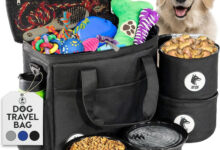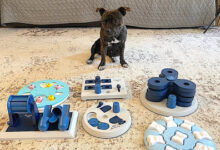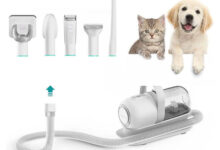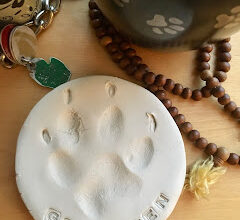Behavior
Behavior
How to Make Changes to Your Cat’s Litter Boxes (Without Upsetting Them)
Cats don’t like change, so a gradual approach to a new litter or litter box location is important. Here’s what…
Behavior
Making Your Pet Happy is All About Meeting Needs (and Recognizing Individual Personalities)
Understanding our pets’ individual needs can help to make them happier. Photo: New Africa/Shutterstock By Zazie Todd, PhD This page…
Behavior
Our Bond with Cats with Sarah Chauncey, Sassafras Patterdale, and Rachel Wells
The recording of this much-loved panel at Bark! Fest is out now, with these three wonderful authors: Sarah Chauncey on…
Behavior
The Best Enrichment for Your Dog and Cat Involves the Nose
Scent activities can be an important positive experience for your pet. Here’s why, along with ideas to try with your…
Behavior
There’s No Place for Shock and Prong in Dog Training
Two professional organizations recently updated their policies. Only one made a commitment to reward-based training. Photo: Danielle W Press/Shutterstock By…
Behavior
The Emotional Lives of Animals with Dr. Marc Bekoff at Bark! Fest
Learn about how animals experience emotions like joy, grief, and empathy in this panel from Bark! Fest with Dr. Marc…
Behavior
Register for the Online Puppies and Kittens Conference
Sign up for this event to learn all about puppies and kittens–and how to prevent behaviour issues from the beginning. …
Behavior
Zazie Todd on the Behavior Buzzzzzz with 2 Amys Podcast
Wag more, Bark less, as Zazie chats with the 2 Dr. Amys about dog and cat behaviour. By Zazie Todd…
Behavior
AMA About Anxious, Fearful, or Reactive Dogs with Zazie Todd, PhD
There’s a special AMA coming up on anxious, fearful, and reactive dogs–and you’re invited. By Zazie Todd, PhD This page…
Behavior
Bark! is Coming in Paperback and You Are Invited to the Book Launch
Come and join me at Black Bond Books in Maple Ridge where I will be signing copies of Bark! The…







